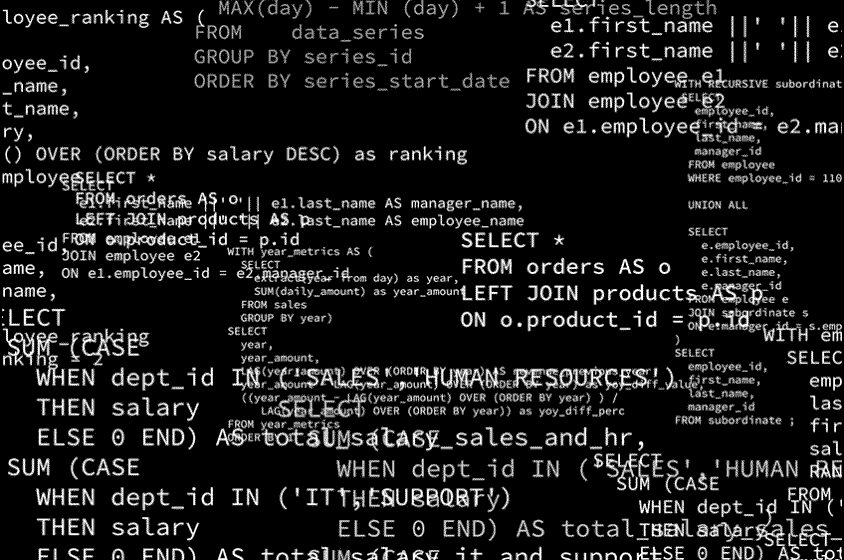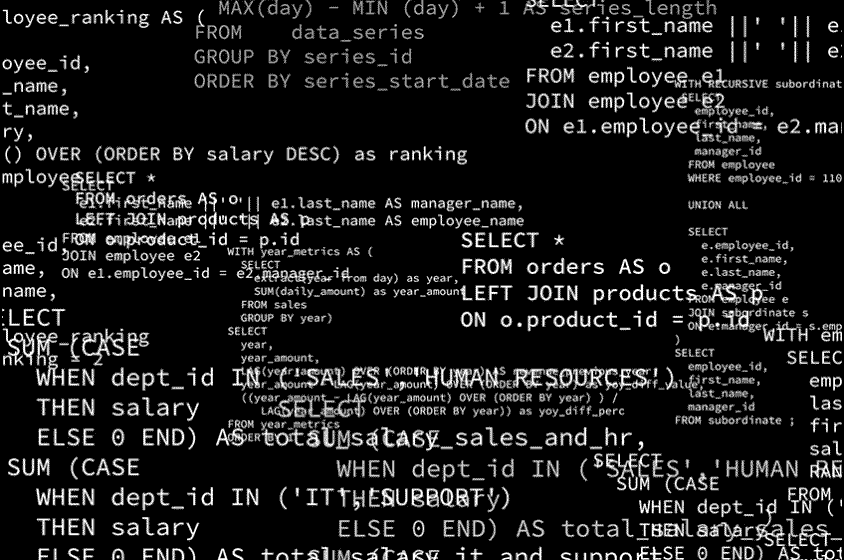
Now you can use large language models (LLM) to generate computer code faster. However, this facilitates the lives of programmers only if this code adheres to the rules of the programming language and does not cause computer failure.
Some methods exist for Ensting LLMS compliance with the rules of any language in which they generate text, but many of these methods either decompose the intended meaning of the model, or it is time consuming to be able for complex tasks.
A new approach developed by scientists to MIT and elsewhere that automatically leads LLM to generate text that adheres to language rules, such as a specific programming language, and is also flawless. Their method allows LLM to allocate output efforts that are most likely valid and accurate, while including endless outputs at the beginning of the process. This probability approach increases computing efficiency.
Due to these efficiency, increased efficiency of scientists’ architecture has allowed small LLM to overcome much larger models in generating Accorate, properly structured outputs for several real uses of Casses, including molecular biology and robotics.
In the long run, this new architecture could help notxperts to control the content of generated AI. For example, this could allow entrepreneurs to write complex joints in SQL, a language for manipulating database, using only a natural challenge.
“This work has consequences beyond the research. It could improve programming assistants, Ai-Powed data analysis, and scientific discovery instruments by concerning that AI-general outputs remain useful and correct,” says João Loula, postgraduate student MIT and co-composed author of the framework.
Loula will join the newspaper co-operator Benjamin Lebrun, research assistant in Mila-Quebec Artificial Intelligence Institute, and Li Du, postgraduate student at John Hopkins University; Authors of co -founders Vikash Mansinghka ’05, meg ’09, PhD ’09, chief scientist and leader of a probability computing project in the MIT department for the brain and cognitive science; Alexander K. Lew SM ’20, Associate Professor at Yale University; Tim Vieira, Postdoktor in ETH Zurich; And Timothy J. O’Donnell, Associate Professor at McGill University and CIFAR Canadian AI chairman in Mila, who led the international team; Like several others. The research will be presented at an international conference on learning representations.
Promotion of structure and meaning
One common approach for controlling the structured text of the generated LLMS includes checking the entire output, such as a computer code block to make sure it is valid and run without errors. If not, the user must start again and collect computing resources.
On the other hand, programming could stop checking the output along the road. Although this can ensure that the code follows the programming language and is structurally valid, the code repair can gradually cause the user to take place, which will damage its accuracy in the long run.
“It is much easier to enforce the structure than the meaning. We can quickly check that something is in the right programming language, but to check its meaning you need to carry out a code. Our work is also about solving these different types of information,” says Loula.
Scientists’ approach includes engineering knowledge to LLM to direct it to the most promising outputs. These outputs are more likely to be followed by structural limitations defined by the user and are of meaning of use.
“We are not trying to train LLM to do it. Instead, we are the engineering of some knowledge that an expert should combine with LLM knowledge, Whes offers a very different approach to scaling than you can see in deep learning,” Mansinghka adds.
They achieve this by means of a technique called Sequential Monte Carlo, which allows the parallel generation from LLM to compete with mutual. The model dynamically allocates resources to different parallel calculation fibers based on how promising their output appears.
Each output has a weight that is likely to be structurally valid and semantically accurate. In each step of the calculation, the model focuses on those with higher weight and throws the rest.
In a sense, it is as if LLM had an expert appearance over his shoulder to ensure that he made the right decision in every step, focusing on the overall goal. The user determines their desired structure and meaning as well as how to check the output, and then the scientists’ architecture leads LLM to perform the rest.
“We have developed hard mathematics, so you get the right weights for any restrictions you would like to integrate. Finally, you have the right,” Loula said.
Increasing small models
To test their approval, they use LLMS to generate output types: Python Code, SQL database, molecular structures and plans to follow the robot.
Compared to existing approaches, the method of scientists has performed more precisely and at the same time required less calculation.
For example, in Python’s generation, the architecture of scientists enabled a small model with an open source code, which overcame a specialized commercial model of a closed source that is more than its.
“We are very excited that we can allow these small models to hit their weight,” says Loula.
Scientists who progress ahead want to use their technique to control larger pieces of generated text rather than work in time. They also want to combine their learning method to control the outputs that the model generates, learns to be more accurate.
In the long run, this project could have wider applications for non -technical users. For example, it could be combined with automated data modeling and asking generative database models.
This approach could also allow data analysis systems using a machine where a user can conversate with software that model the data and questions by the user, adds MANSINGHKA.
“One of the basic questions of linguistics is how the meaning of words, phrases and sentences and sentences in the world models can be, which represents uncertainty and unclear in terms of and reference. LLMS, predicting probable token sequences, this problem.
This research is in your and partially supported by the Canadian CIFAR AI chair, The Mit Quest for Intelligence and Convergent Research.
(Tagstotranslate) João Loula (T) Vikash Mansinghka (T) Models of Big Languages (T) Generative AI (T) Probersome Programming

